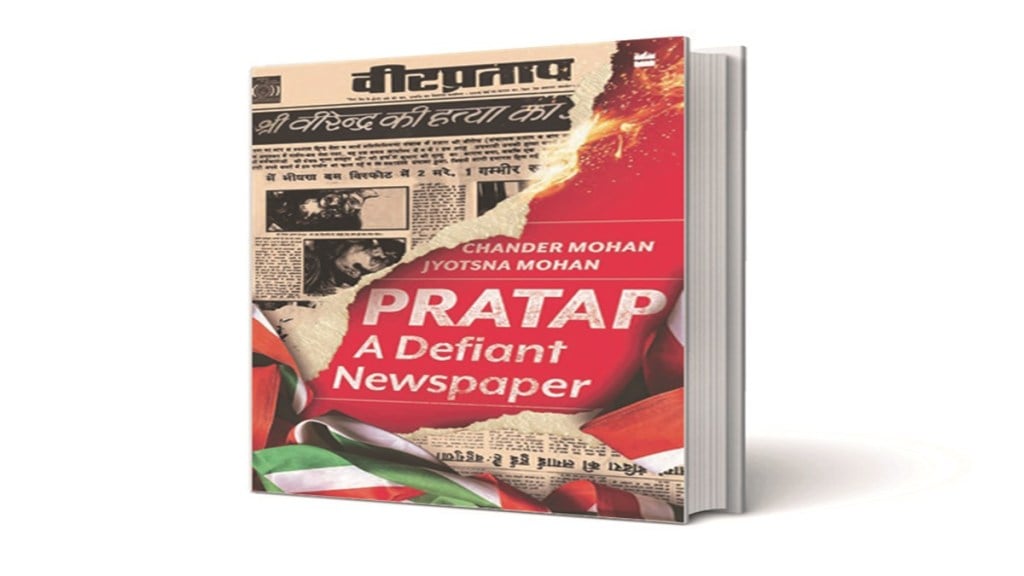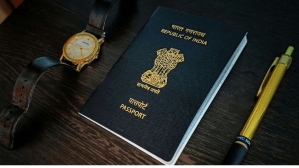By Amitabh Ranjan
During the presentation of the Uttar Pradesh Budget in February, the chief minister and the Opposition got into a spat. This was about the non-availability of the Budget’s Urdu translation whereas translations in English and a few regional languages were available. The CM’s remark had its trademark trajectory when he said the Opposition leaders send their kids to English school while settling for Urdu for the vast majority of Muslim students to become maulvis. He may have a point there. It is, however, not difficult to see through this facade—an all-too-familiar tendency of ‘othering’ a community coupled with a lack of understanding of India’s many pluralities.
There is enough provocation to cite a rare moment from India’s struggle for freedom in this context. For, the 23rd of the last month marked the 94th martyrdom anniversary of three intrepid revolutionaries—Bhagat Singh, Sukh-dev and Rajguru.
According to eyewitnesses’ accounts, the final moments of the trio were something like this: With Bhagat Singh in the middle, they walked, heads held high, towards the hanging pen, stopped momentarily and then burst out singing an Urdu song written by a Hindu, Lal Chand Falak:
Dil se niklegi na mar kar bhi watan ki ulfat; meri mitti se bhi khushbu-a-wafa aayegi
As recounted in Pratap: A Defiant Newspaper, jointly written by Chander Mohan and Jyotsna Mohan, the episode puts the intense nationalistic fervour of our freedom fighters in stark contrast to the contemporary faux nationalism feeding on communal rhetoric.
It is also a fact that by the time the fight for freedom gathered momentum, Urdu had evolved from being a language of devotion and reforms to that of romance, and then to one of defiance against the British hegemony. With Persian having transitioned to Urdu for administration during the Raj, the language served as a composite cultural bridge of a people oppressed. The landscape of the Urdu press was almost equally divided between Hindu and Muslim owners. Despite public perception, and more so now for vested interests, Urdu as a language of Muslims alone has been one supreme fallacy.
The episode is part of the larger story that unfolds in the book authored by the father-daughter duo. It is about Pratap, the Urdu newspaper founded in Lahore days before the Jallianwala Bagh massacre, and its founder-editor Mahashay Krishna and his son Virendra, the latter a member of the revolutionary network and popularly known as Vir ji. The paper’s Hindi edition, Vir Pratap, came into existence in 1956 and was steered by Virendra’s son Chander Mohan for close to 40 years. Jyotsna Mohan, Virendra’s granddaughter, has three decades of journalistic experience across TV, print and digital media.
The two trace their family’s past and tell a story that takes the reader through landmarks of independence struggle. Narrated through documented episodes, newspaper archives and personal anecdotes, the book brings to the fore many an incredible story of personal sacrifices, authoritarian excesses, abiding values and ideological moorings of the revolutionaries who wrote a glorious chapter of resistance against the British rule.
A rapid pace of events keeps you on the edge. The language sticks to the twin journalistic rigours of brevity and directness. Pratap’s encounters with gagging laws, Virendra’s frequent incarcerations and a reticent father’s unflinching support for truth comprise the central theme of the book and somewhere the plot and the protagonist merge. The authors take you through the transition from pre-independence India to post-independence days and then right up to Emergency and the dark phase of Punjab terrorism. What remained constant through all these was the paper and its editor’s chutzpah of speaking truth to power, before it shut shop in 1994.
Out at a time when journalism is facing existential crises, the book merits a read for two very specific reasons. First, for journalists and the wannabe ones, it shows what the pristine form of the profession looks like. The second, it brings to the fore an aspect of India’s freedom struggle that has remained buried in the archives. The sacrifices of India’s unsung revolutionaries were no less important in ensuring that the citizens of this country breathe free. They were not a misdirected group of upstarts that a popular narrative would have us believe. When they took guns in their hands to instill fear in the hearts of the colonial power drunk with power, they also had clear-cut ideas of what they wanted a free India to look like, be it the social fabric, polity or economy. At least in that sense, there was little difference between the moderates and them. The latter to their credit made the British realise that their days in India were numbered and that discretion would be the better part of valour.
Many revolutionaries, both men and women, perished in jails or in gun-battles, many were too feeble and succumbed to their natural deaths by the time the dawn of freedom arrived, and many others remained unnamed. That they faded from the limelight when the time came for well-deserved kudos is one of the quirks histories are often made of. This book is a wonderful attempt to put that record straight.
The writer is a former journalist who teaches at Patna Women’s College.
Disclaimer: Views expressed are personal and do not reflect the official position or policy of FinancialExpress.com. Reproducing this content without permission is prohibited.
Pratap, A Defiant Newspaper
Chander Mohan and Jyotsna Mohan
HarperCollins
Pp 360, Rs 499







